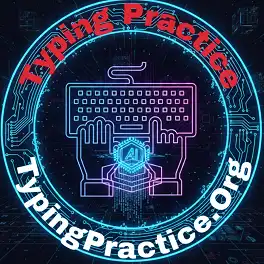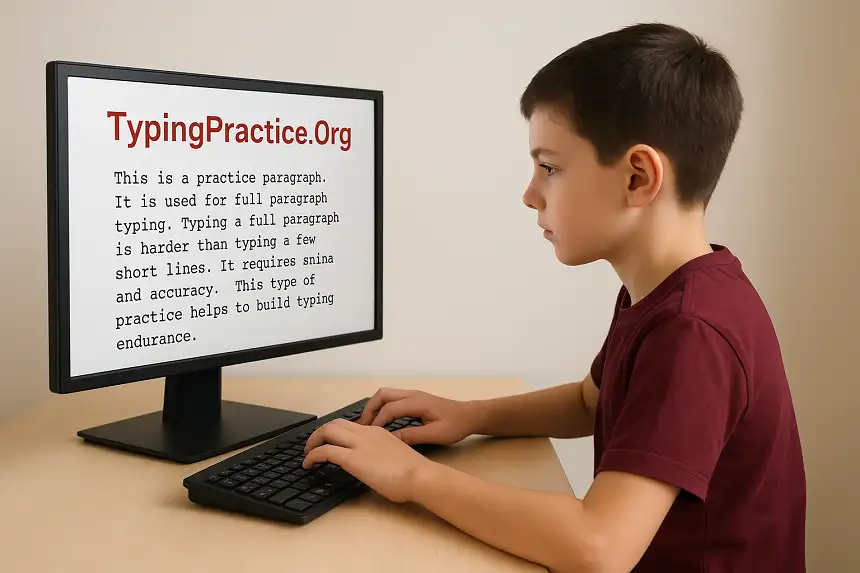Welcome to Day 22 of our 30-day typing course! Today we are going to change the gears from pure speed and accuracy. First we will try today’s task, and then we will learn effectively with the little experience.
Let’s complete today’s task and see the AI analysis also so that you can get a clear idea of how good or bad you are doing.
Table of Contents
What You Just Experienced: The Magic of Accuracy and Rhythm
Have you noticed something different from previous practice sessions? Those exercises were not just about hitting keys quickly—they were designed to help you discover your natural typing rhythm while building rock-solid accuracy.
Here is the truth that many typists miss: a high WPM score means absolutely nothing if it is with some errors. Most probably every time you hit backspace to fix a mistake, you were actually performing multiple extra keystrokes. It’s always faster to type a sentence correctly at 50 WPM than to type it at 80 WPM with errors that need fixing.
Also see other lessons.
| Day 13 Lesson | Learn to Type Numbers on the Keyboard (1-5) |
| Day 14 Lesson | Learn to Type Numbers 6, 7, 8, 9, and 0 |
| Day 15 Lesson | Practice Typing Words with Numbers (Alphanumeric) |
| Day 16 Lesson | Number Row Typing Practice & Revision |
| Day 17 Lesson | Symbols Typing! @ # $ % |
| Day 18 Lesson | Learn to Type More Symbols (^ & * ( ) ) |
| Day 19 Lesson | Typing Advanced Punctuation (‘ ” – _ + =) |
| Day 20 Lesson | Day 20: Typing Practice for Numbers and Symbols |
| Day 21 Lesson | Speed Building with Common English Words |
| Day 22 Lesson | Day 22: Typing Accuracy and Rhythm Drills (You are here) |
The Two Pillars That Support Expert Typing
Accuracy: Your True Foundation
Always think and stay on accuracy because in typing it is the foundation. Otherwise you cannot accelerate your speed. This session of online typing practice showed you exactly why—those rhythmic drills and common mistake pairs were not just exercises; they are the way of proper typing.
Rhythm: Your Secret Weapon
Have you ever listened to a professional typist work? You will hear a rhythm sound like “click-clack.” They made a muscle memory so that the finger goes to the proper keys and back to the home row again. It makes fewer errors and improves high-speed typing skills.
What Made Today’s Practice Special
The exercises you just completed included three powerful components:
- Rhythmic Drills: You typed a combination of two letters, like “wh,”
f j f j d k d kwhich makes a good beat and rhythm on the keyboard. - Common Mistake Pairs: Focused practice on troublesome combinations like
er/re“and that”ui/iuthat trip up many typists. - Homophone Challenges: You also typed some homophone words like
their/there/they're“and.”to/too/twoYou have to give special attention to these so that your typing will be accurate, because sometimes we mistype these words.
Pro Tips for Maintaining Your New Rhythm
- Listen to Your Typing: Close your eyes occasionally and listen to the sound of your typing on the keyboard. If there is a good rhythm?
- Embrace Your Errors: If you have a mistake, think it is valuable data. Notice which keys you hit incorrectly and why—though our AI integration will analyze and tell you.
Please note, every professional typing test measures both speed (WPM) and accuracy and applies the touch typing method to achieve a high WPM score. This lesson was your direct preparation for excelling at both metrics.





